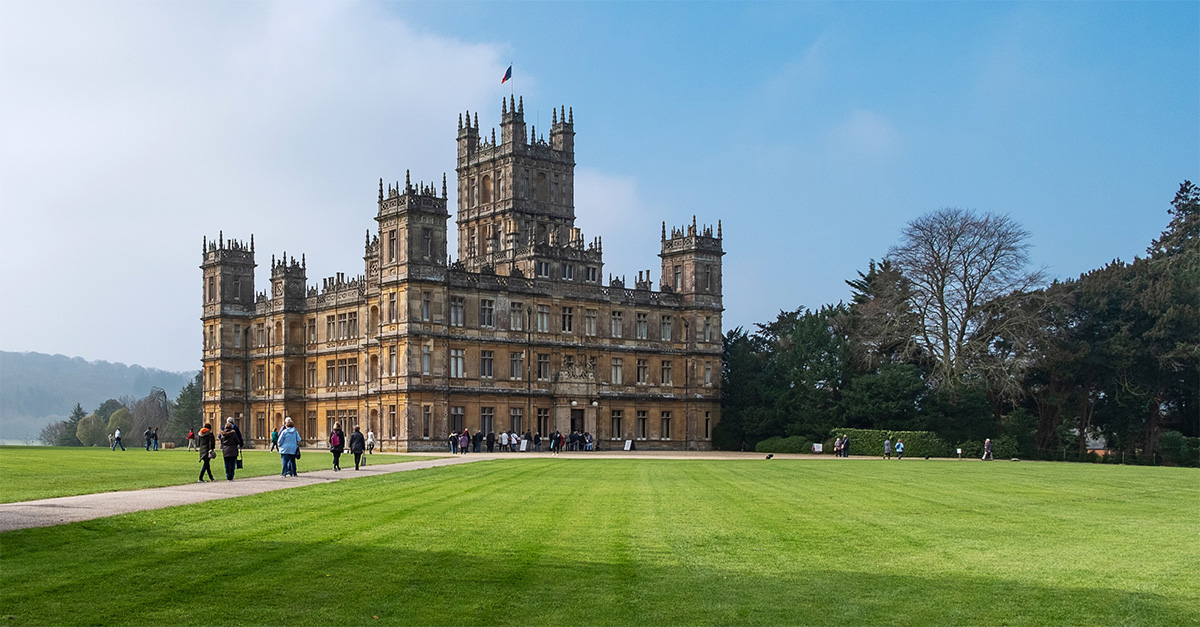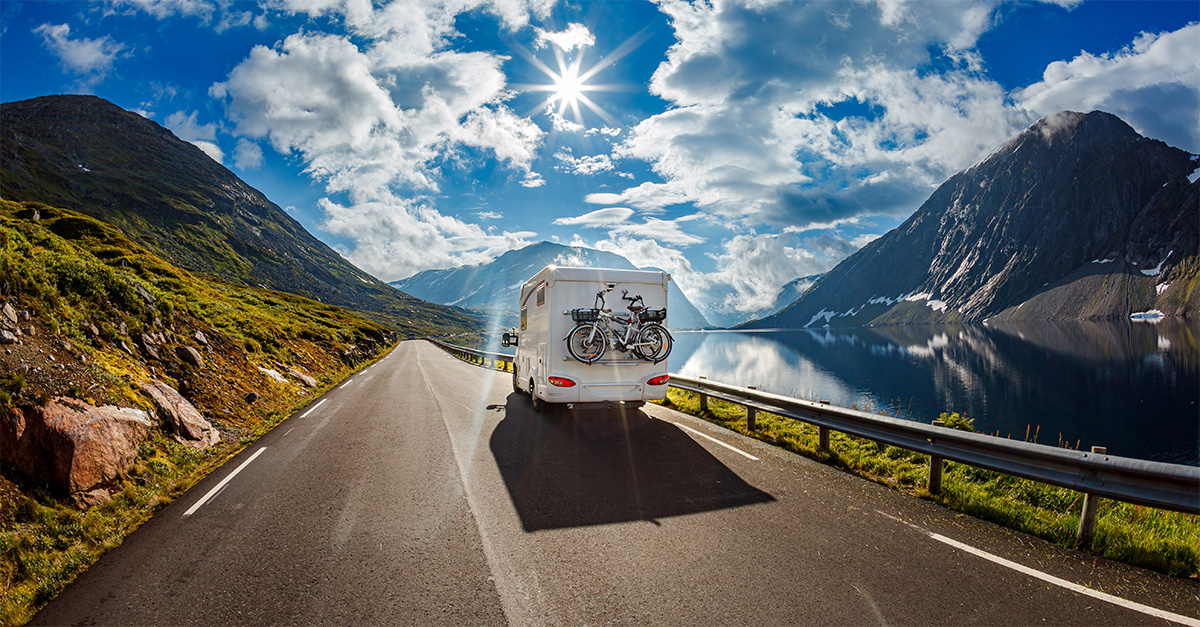| Picture: Image Bank |
With its white sandy beaches, balmy sea, swanky hotels and
year-round sunshine, Cancun could be just another Caribbean
resort.
Yet its purpose-built nature – the result of a government
master plan for tourism development in the mid 1970s – belies
the true character of the Yucatan, which, for those prepared to
look for it, is every bit as alluring as Cancun’s glorious
beaches.
With so many flights from the UK to Cancun, the resort makes the
perfect launch pad from which to explore the Yucatan peninsula.
Clients needn’t compromise their beach holiday either, as
just a couple of hours further south along the coast lies a wealth
of history and culture ideal for those visitors looking for a taste
of authentic Mexican life.
On a two-week tour of the region, our visit took in Tulum, Coba,
Mérida, Valladolid and Chichén Itzá. Many UK
operators to Mexico offer similar itineraries, or a week-long tour
as part of a twin-centre with beach package.
Kuoni product manager Catherine England said: “We have seen a
large growth in tour business to the Yucatan, people are exploring
further and further along the coast.”
The Yucatan region – home to the three states of Yucatan,
Campeche and Quintana Roo – is blanketed with jungle.
Visitors will find freshwater pools, both above ground and below
– known as cenotes – attractive colonial cities, Mayan
ruins and marine wildlife reserves. The region is a perfect
flydrive destination, as the road system is straightforward and the
roads, outside key cities, virtually empty.
It doesn’t get much more Mexican than the cobbled streets and
pastel-coloured buildings of Mérida, where mariachi bands
serenade tourists and locals in Mérida’s Plaza Grande.
The fading paint on the regional capital’s once-grand
buildings, and its cafés and porticoes, are reminiscent of
Havana.
In Mérida clients can spend hours wandering the streets and
squares taking in the atmosphere, buying Panama hats, good quality
silver jewellery and drinking coffee. The locals are incredibly
friendly. Almost every shop assistant made conversation, and a chat
with a Mayan street seller yielded more information about Mayan
traditions than any guide book. Had we lingered longer we
would’ve been invited round for tea.
While the actual town of Tulum, another fixture on operators’
itineraries, isn’t much to look at, the beach is the
Yucatan’s pièce de résistance. Practically
deserted, the sand is white and soft, without a sun lounger in
sight, and at night the only sound you’ll hear are the waves
lapping.
Tulum can be a very rustic experience depending on your level of
accommodation – local hoteliers voted against permanent
electricity to protect the nesting ground for turtles.
The ruins here are well worth a visit – if only to see the
ancient Mayan monuments perched precariously above the turquoise
sea. From Tulum it’s also worth recommending clients take a
visit to the spectacular nature reserve of Sian Ka’an.
A brief rain shower eventually shifted us from the beach at Tulum
to the nearby jungle ruins of Coba, followed by a trip to a cenote.
These freshwater sinkholes were formed thousands of years ago when
pockets of the limestone earth collapsed into subterranean caverns
and rivers. Today tourists visit them to swim, snorkel and even
dive in the clear water.
After a steep climb, visitors to the ruins at Coba are rewarded
with jaw-dropping views over the jungle – filled with the
sounds of chattering birdlife, frogs and other insects.
To cool off afterwards, we headed to the cavernous cenote of
Cho-Ha. A rickety ladder led us down to the cave, and but for one
other couple, we were the only tourists swimming under a veritable
waterfall of stalactites.
For clients staying in Cancun, excursions to Tulum, Chichén
Itzá and Coba are offered by most operators. A full day
excursion to Coba and Tulum costs around £52 for clients
staying at Club Med Cancun Freestyle.
The mother of all Mayan ruins; the vast site of Chichén
Itzá lies conveniently on the road that links Cancun with
Mérida. Towering pyramids, temples and ball courts from the
ancient Mayan civilisations are dotted over a large area in which
you could easily lose yourself for a day.
The best advice for clients is to get there early; photographs of
El Castillo – the pyramid dominating the site – can be
ruined by the crowds that swamp it from midday, when the heat also
gets rather unbearable. There were at least 20 TUI tour buses
outside when we departed at 1pm.
Our final port of call was Isla Mujeres, a small Caribbean-style
island off Cancun. Once a backpacker’s paradise, day-trippers
from Cancun now fill the tiny streets lines with brightly coloured
Caribbean clapboard shops, houses and cafés.
But Isla Mujeres has a laid-back feel, again the locals are
friendly, and it offers good excursion opportunities. Weather
permitting, a popular boat trip takes in the remote Isla Contoy, or
bird island. Uninhabited and unspoilt, its spectacular beaches and
wildlife won’t disappoint.
With Cancun Airport back in our sights, it dawned on us how much we
would have missed out on if we hadn’t left the Cancun beach
strip.




